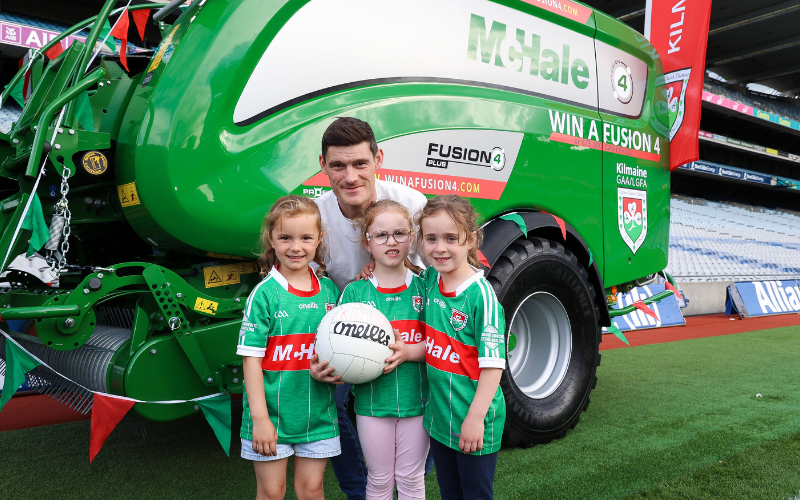On the July 4th weekend, the Gaylord Opryland Convention Center in Nashville, just a stone’s throw from the Grand Ole Opry, was descended upon by a mad rush of curly wigs, spray tans, accordions and fiddles.
The North American Dance Competition ran for 4 days and over 3,000 dancers came, not just from North America, but from all over the world. Dancers traveled from Ireland, Scotland, the UK, the Netherlands and from every corner of the United States and Canada to compete.
The competitors ranged in age from eight years old to over forty. On the second day of the competition, the producers of a documentary about Irish dance, Jig!, organized an attempt to break the Guinness World Record for longest Irish dance line. It was an overwhelming success; 691 dancers lined up, circled the massive room with held hands and danced a transitional jig for five minutes. After an eruption of applause, many dancers rushed back to the competition stages.
The solo competitions consist of three rounds. The first two rounds are light shoe and heavy shoe.
The hard shoe competitions are run with three dancers on stage at a time, and in addition to being judged on timing, crossed feet and posture, the heavy rounds place major emphasis not in the volume of the dancer’s beats and their speed. The light round is all about extension and movement. Following the first two rounds, the top scoring dancers are called back for the third round, the set dance. The sets, performed in heavy shoes, are danced to a selection of traditional music and are the showcase performance for each dancer.
In many ways, Irish dance has become a team sport. Friends ran from ballroom to ballroom to see their schoolmates dance, screaming at the end of each round for their friends. Most conversations were based on who danced with whom. “I had to dance with Simona,” Morgan Murray, a dancer from New York in the senior ladies over 21 competition told Irish America. “I saw a girl who looked like her and counted down the line and realized it wasn’t Simona. I was like ‘Oh great, I don’t have to dance with her’ and I turn around to see who I’m dancing with. There’s Simona saying ‘So which way do you go?’”
Simona Mauriello Maguire-O’Shea’s reputation precedes her. The London dancer placed fourth at the World Irish Dance Championships in 2010. The community in Irish dance is unlike any other sport. The dancers from across the world know their competition from years of dancing with them. They all chat before competition, mapping out their steps for each other, hoping to avoid any collisions. The dancers always frantically check their numbers, hoping they will not be paired with former champions.
“You don’t want to dance with someone really good because you want the judges to watch you. If you dance with someone who got first or second last year then the judge pays attention to them,” a girls-under-15 competitor from Georgia told me.
But it’s not all competitive. One of the most exciting results to see announced was in the Junior Ceili competition. Backstage the teams huddled in circles, waiting to hear their number called. As each place was announced the cheers backstage grew louder and louder until it was down to just two teams for the top spot.
“There is no second place,” the adjudicator announced, “we have a tie for first.” With that, it was impossible to hear anything as the two winning teams, both from the Cashel Dennehy school in Wisconsin, embraced and ran out on stage to receive their medals.
Other highlights included the boys under 17 competition, where the undefeated Joe Bitter, an English dancer, took the top spot and brought home a new trophy donated by Michael Flatley, to be kept by the boys-under-17 reigning champion for one year.




Comments